Silk-Printed Retroreflective Markers for Infrastructure-Maintenance Vehicles in Tunnels
Summary
We have proposed a tunnel inspection system that can be installed on a highway patrol vehicle, capable of traveling at 100 km/h. This system enables periodic inspections without traffic regulation, facilitating observation of tunnel conditions decades after their construction. However, due to the inability to utilize GPS and other devices in tunnels, it has been challenging to determine the location of cracks on tunnel walls captured in photographs. Therefore, a unique identification of cracks is necessary to enable long-term monitoring of crack changes.
Therefore, the placing markers corresponding to cracks on the walls of the tunnel is proposed. These markers need to be recognizable in a dark environment and not be affected by motion blur, even if captured while the vehicle is in motion, to prevent accidents such as markers falling into the tunnel. One-dimensional barcode markers were created on the tunnel wall using retroreflective paint and silk-screen printing. We tested two methods for creating the markers: printing retroreflective paint directly onto the concrete wall or applying retroreflective paint as a base coat and printing with black paint that absorbs 99.4% of the light. We found that the latter method exhibited higher contrast and was more suitable for creating the markers.

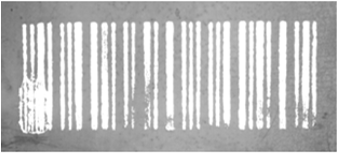
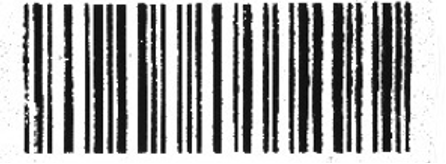
We conducted experiments to demonstrate the effectiveness of the latter marker in a real tunnel inspection environment. The software correctly recognized the barcodes even in an environment with motion blur. Interestingly, the motion blur removed the noise that occurred during printing on uneven concrete, resulting in better recognition accuracy in such an environment. To simulate the use of markers in a tunnel, we created a model of the R500-5000 concrete wall, printed the markers, and captured them from ±45 degrees. The results demonstrated that the markers printed on the R500 wall surface could be recognized when photographed from ±45 degrees. Furthermore, we confirmed that the markers on all concrete wall surfaces of R500-5000 could be recognized even when captured from ±45 degrees, underlining the robustness of our marker.

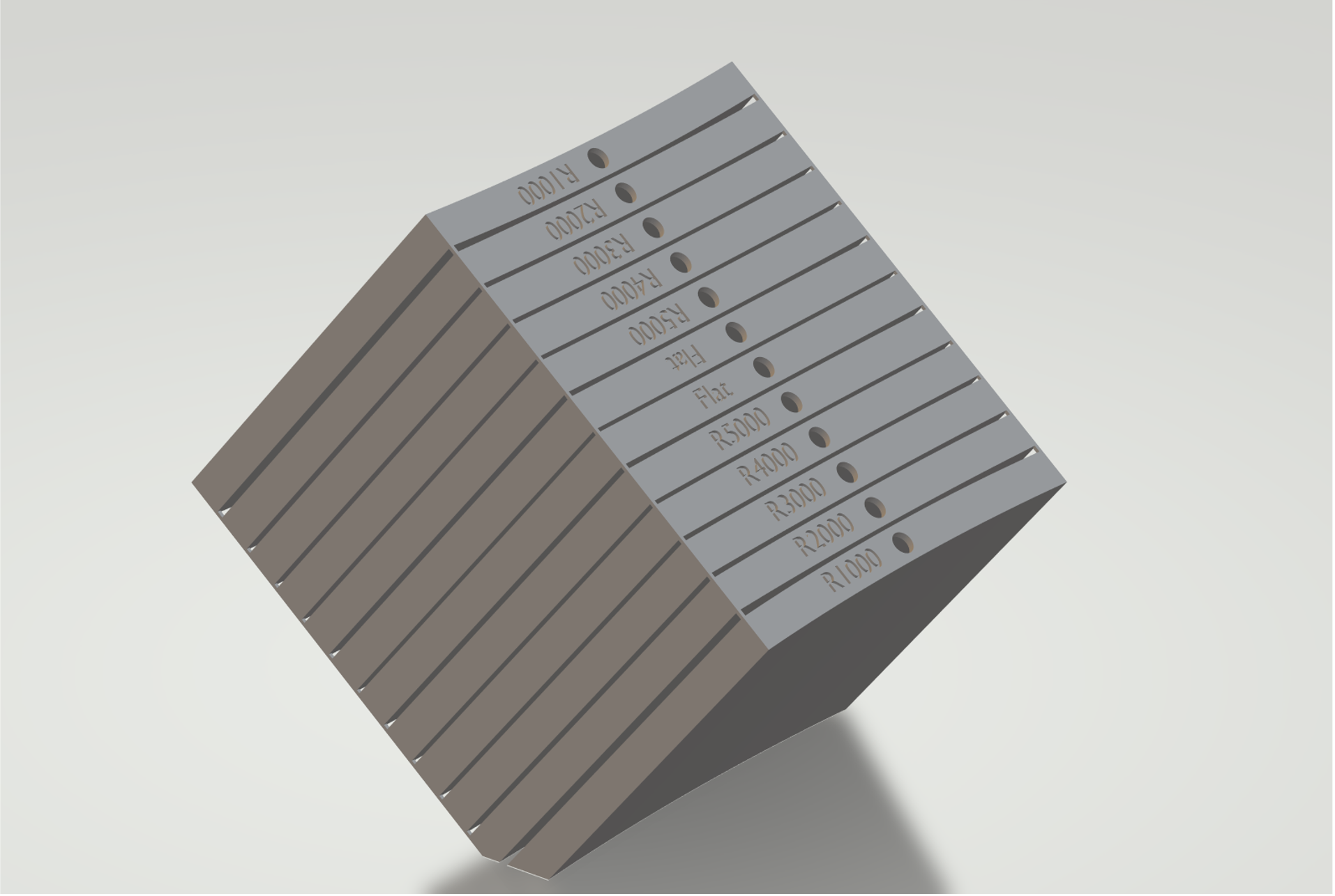
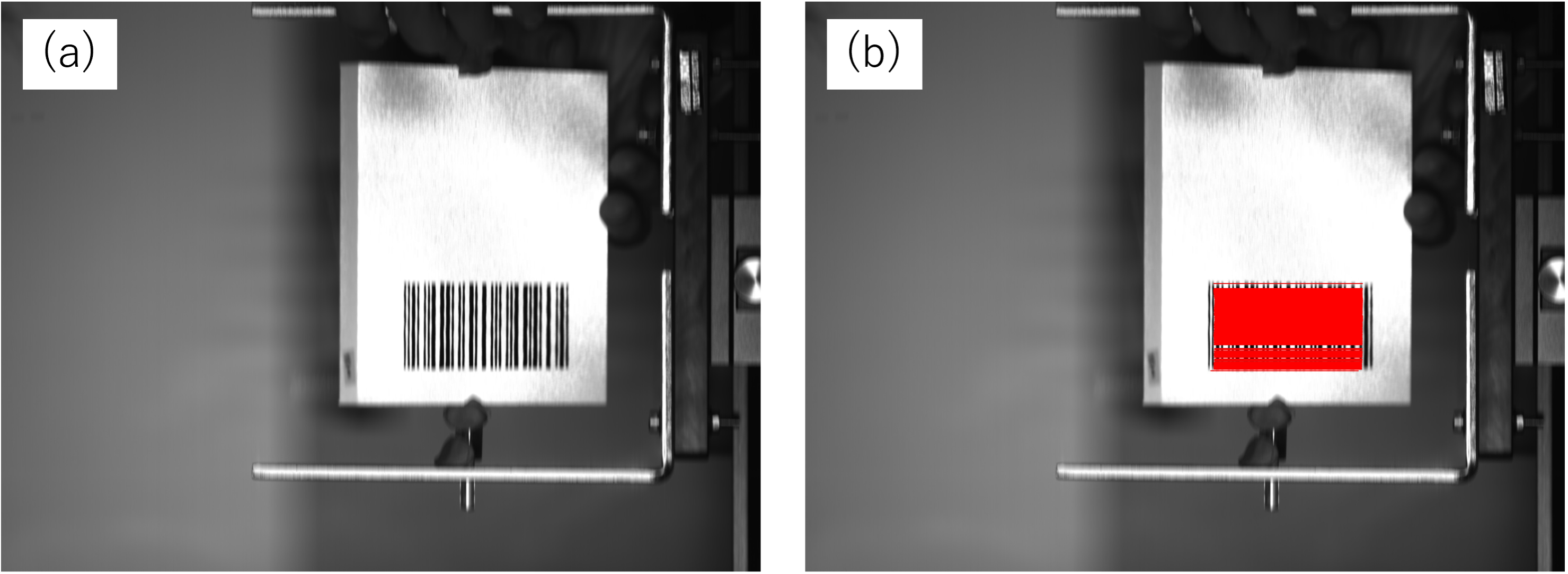

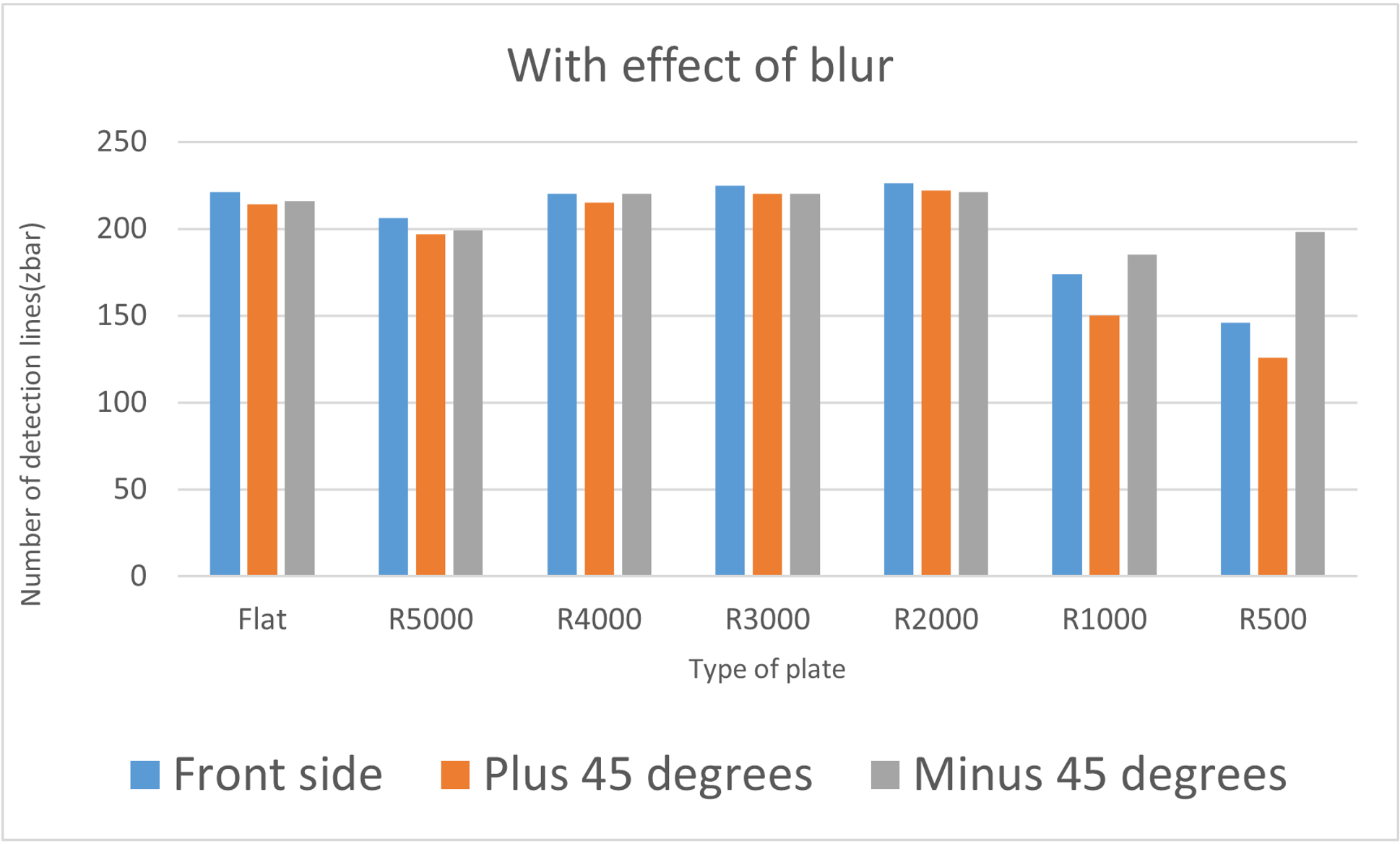
Reference
- Yushan Ke, Yushi Moko, Yuka Hiruma, Tomohiko Hayakawa and Masatoshi Ishikawa: Silk-printed retroreflective markers for infrastructure-maintenance vehicles in tunnels, Proc. SPIE 12046, Sensors and Smart Structures Technologies for Civil, Mechanical, and Aerospace Systems 2022, 120460C (18 April 2022); [https://doi.org/10.1117/12.2611990]
- Yushan Ke, Yushi Moko, Yuka Hiruma, Tomohiko Hayakawa, Elgueta Scarlet, Masatoshi Ishikawa, "Silk-printed retroreflective markers for infrastructure-maintenance vehicles in curved tunnels," Proc. SPIE 12483, Active and Passive Smart Structures and Integrated Systems XVII, 124830M (28 April 2023); [https://doi.org/10.1117/12.2656420]



